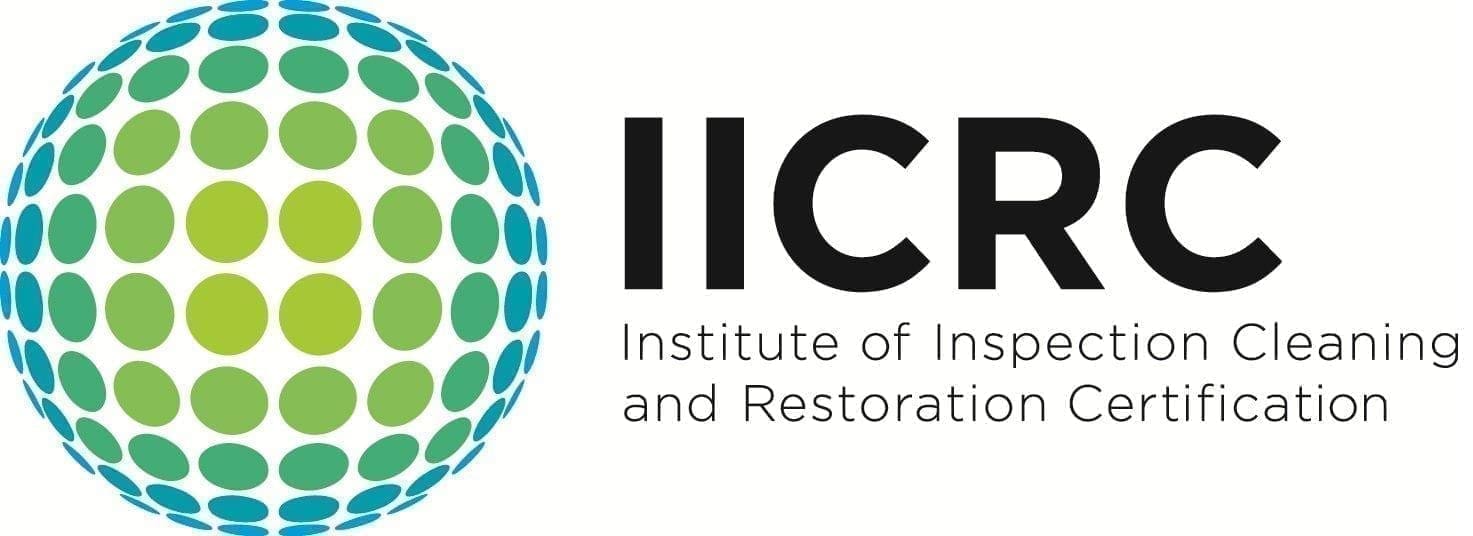Do not step in water that may be exposed to electrical sources nearby due to risk of being shocked. Turn off the source of water as soon as safe to do so to stop damage from getting worse. If you are having trouble stopping the source of water, call us right away and we can talk you through it while we’re on the way to your property to help mitigate further damage.
If your water damage was sudden and incidental, it will usually be covered. If there has been on-going damage over the course of several weeks or more, this can be a longer discussion with your insurance carrier’s claim department and could be denied, that is why it is best to have our professional staff assist you in filing your claim and give you the best foot forward in getting coverage. We can help you through the claims process and make sure you are treated fairly using our industry experience.
Within a covered claim, your insurance company is obligated to restore your home to pre-loss condition so long as it is local market verifiable costs of labor, materials, and other miscellaneous costs; less your deductible. Allowing our experienced staff of estimators to discuss your claim with your insurance company, we will guarantee you get back to pre-loss condition or better.
There are phases to water damage restoration. Mitigation takes 1-3 days typically (demo and drying of the structure), estimating and discussions with insurance for approvals on average take 1-2 weeks after mitigation is complete, then repairs can take anywhere from one week to 3 months depending on the severity of your water damage.
- When we dry a home out after serious water damage, we begin with a moisture inspection. This involves using non-invasive scanning equipment to assess materials in the affected areas to determine what needs to be removed and what we can salvage such as drywall, insulation, cabinets, trim, flooring, etc.
- Our main goal is to remove the least amount of materials while assuring the home will be thoroughly dried and there will be no risk of mold or wood rot afterwards. To do this, we usually remove materials down to the studs and subfloor- those can almost always be dried and salvaged.
- After exposing all salvageable materials in a sealed work area, we thoroughly clean up the space before deploying a range of drying equipment and air filtration systems including industrial dehumidifiers, and air movers in order to dry the salvaged materials over the course of 1-3 days.
If your ceiling is leaking, it may not have to be fully removed and replaced as interior ceilings are very able to dry out given the presence of uninsulated open ceiling cavity space behind it within the framing system. If you have an insulated ceiling leaking, such as a garage ceiling, it would need to be removed so we can access the wet insulation presumably inside the framing system because it will not dry out any other way. Insulation acts like a sponge to water and can harbor a lot of it inside wall or ceiling cavities. Overall, it depends on the volume of water involved in the damage and the location of the ceiling to decide if we need to remove it or salvage it.
- Set the pace. Insurance adjusters are busy with many claims every day. We recommend being a ‘squeaky wheel’, ONCE A DAY to them by giving them a call and asking for an update. Leave voicemails each time if the call is unanswered followed by an email regarding the reason you called.
- Keep the ball in their court. If adjusters are awaiting information, estimates, or pictures from you, send them everything they request immediately in an organized manner, being sure to put the claim number in the subject line of each email. Follow up right after sending documents to confirm their delivery and keep their focus on your claim.
- Utilize Carolina Water Damage Restoration professional staff in expediting your claim. We are experienced in tracking, organizing, and publishing documents for your insurance carrier which make them able to process claims at record speed. For the quickest water damage restoration claim service, call us today.



